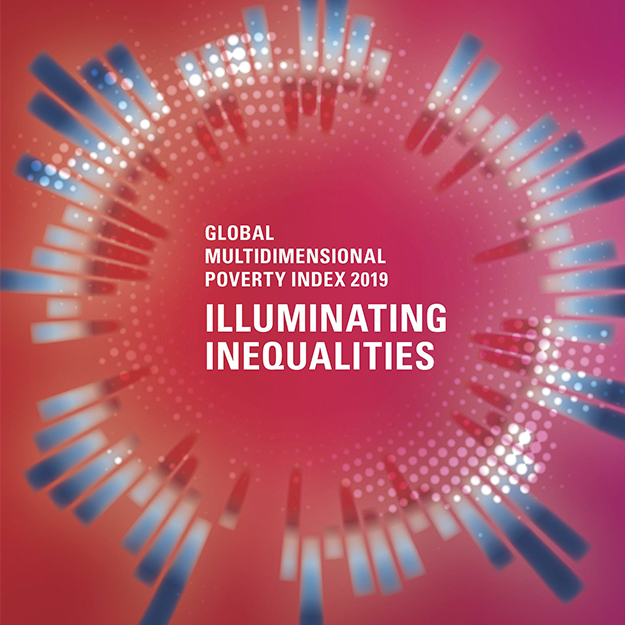The 2019 Global Multidimensional Poverty Index (MPI), developed in conjunction with the United Nations Development Program (UNDP) and the Oxford Poverty and Human Development Initiative (OPHI), offers data of 101 countries, that cover 76 percent of the world population. The MPI provides a complete and thorough image of global poverty, in all of its dimensions, and studies the progress towards the Sustainable Development Goal 1 to end poverty in all its forms.
In this index, there are multiple elements to focus on, for example, it presents the progress of the eradication of poverty in all its forms or presents the success that India and Cambodia have reduced their MPI values faster than abandoning the poorer groups. However, it indicates that there exists a great rural-urban division and also demonstrates the necessity to go beyond the poverty measures of income and study how the MPI can help refocus the norms.
The most notable finding is that in 101 countries, 1.3 billion of people (23.1%) are multidimensionally poor. Two thirds of multidimensionally poor people live in countries with average incomes and half of the 1.3 billion multidimensionally poor people are children under 18 years of age, one third being under 10 years old.
The results of the 2019 Global Multidimensional Poverty Index (MPI) shed light on the disparities on how people experience poverty, revealing great inequalities between countries and between people who find themselves in this poor situation.
One can find all of the information in http://hdr.undp.org/en/2019-MPI.

